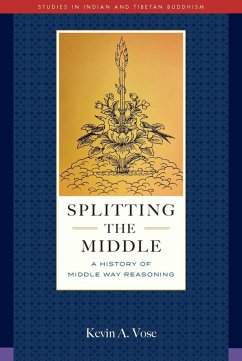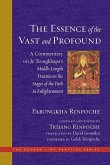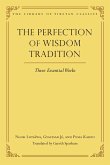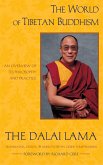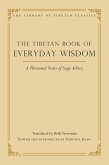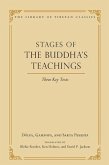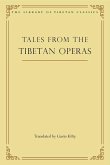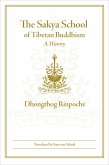Discover how Patsab Nyima Drak created the foremost form of Buddhist philosophy, the Prasangika interpretation of the Middle Way, from the works of the famed Indian philosopher Candrakirti. This book traces how Buddhist philosophers Bhaviveka and Candrakirti (ca. sixth–seventh centuries) understood key Buddhist epistemological questions: how to prove the central Middle Way claim that all things are empty of intrinsic nature, the correct use of svatantra inference, and the role of arguments by “consequence” (prasanga). These arguments saw further refinement in the works of eighth-century thinkers Santaraksita and Kamalasila, who were instrumental in transmitting the Middle Way from India to Tibet. Together, these figures inspired the twelfth-century renaissance of the Middle Way in Tibet, where the differences between their viewpoints became the basis for two philosophical schools—Prasangika and Svatantrika—named for their chosen forms of argumentation. Patsab Nyima Drak (ca. 1070–1145), the Tibetan translator of Candrakirti’s major works, and his disciples Shang Thangsakpa, Khuton Dode Bar, and Maja Jangchup Tsondru, together with the Kashmiri Jayananda, forged a systematic interpretation of the Middle Way and the Mahayana Buddhist path to awakening. They saw Candrakirti’s arguments by consequence to be central in overcoming the twin delusions of holding philosophical positions and seeing things as having intrinsic natures. Championing Candrakirti’s austere vision of transformation, these creators of Prasangika argued that proper reasoning and contemplation induce a radical break with consciousness that enables the practitioner to become a buddha. This examination of the first Prasangikas casts this reading of the Middle Way in new light, challenging contemporary interpretations that present it as a form of skepticism. Splitting the Middle argues that Prasangika constitutes a thoroughgoing challenge to the validity of mental states and ways of knowing.
Bitte wählen Sie Ihr Anliegen aus.
Rechnungen
Retourenschein anfordern
Bestellstatus
Storno

